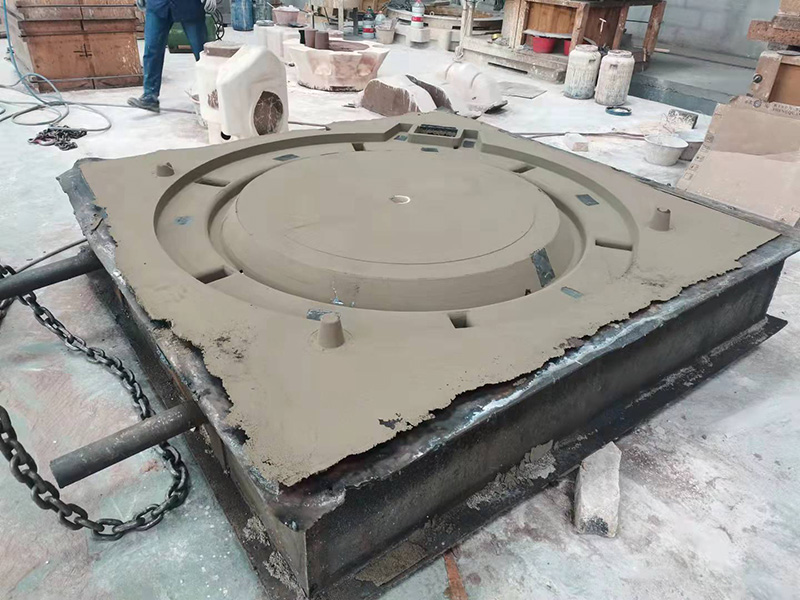The Intersection of 3D Printing and Sand Casting Revolutionizing Manufacturing Processes
In recent years, the manufacturing industry has witnessed a technological renaissance, greatly driven by advancements in 3D printing and traditional methods such as sand casting. Both processes have unique advantages and applications, but when combined, they hold the potential to revolutionize the production of complex components across various sectors including automotive, aerospace, and art. This article explores how the integration of 3D printing with sand casting can enhance the manufacturing process, reduce costs, and improve efficiency.
Understanding Sand Casting
Sand casting is one of the oldest and most versatile manufacturing processes used for creating metal parts. This technique involves creating a mold from sand, which is then filled with molten metal to produce a desired shape. The simplicity of sand casting allows for the production of intricate designs and large parts, making it a popular choice in industries that require heavy and complex components.
However, traditional sand casting is not without its challenges. The process can be time-consuming, requiring a significant amount of manual labor and often leading to longer lead times. Furthermore, the accuracy of sand casting can be limited by the mold's rigidity and the skill of the operator.
The Emergence of 3D Printing
3D printing, also known as additive manufacturing, has transformed the way components are produced by building objects layer by layer from digital files. This technology offers unparalleled design flexibility and complexity, enabling the creation of geometries that would be impossible or too costly to achieve with traditional methods. 3D printing is particularly beneficial for prototyping and small-scale production, as it significantly reduces the time and costs associated with creating molds.
The adoption of 3D printing in manufacturing has led to innovations such as rapid prototyping, lightweight structures, and personalized components. However, like any technology, it has its limitations, such as the materials available for printing, which may not always meet the strength and durability requirements for certain applications.
3d printer sand casting

Combining Strengths 3D Printing and Sand Casting
The combination of 3D printing and sand casting can capitalize on the strengths of both processes while mitigating their weaknesses. One of the most promising applications of this hybrid approach is in the creation of sand molds using 3D printing technology.
By using 3D printing to produce sand molds, manufacturers can significantly reduce lead times and improve design accuracy. The ability to create complex mold geometries can enhance the overall quality of the final casted product. Moreover, 3D-printed molds can be optimized for better heat transfer, which can result in improved material properties of the cast parts.
This integration allows for a more streamlined workflow; designers can iterate molds quickly without the long wait associated with traditional mold-making processes. This agility in the production cycle is particularly beneficial in industries where time-to-market is critical. As businesses strive for efficiency, the ability to swiftly produce high-quality molds using 3D printing can lead to substantial competitive advantages.
Environmental Considerations
Another significant advantage of combining 3D printing with sand casting is the potential for reduced material waste. Traditional sand casting often involves excessive material usage, with a considerable amount of sand ending up as scrap. In contrast, 3D printing can optimize the mold design to minimize waste, and many 3D printing methods allow for the reuse of sand. This is not only cost-effective but also aligns with the growing emphasis on sustainable manufacturing practices.
Conclusion
The convergence of 3D printing and sand casting is not merely a trend; it represents the future of manufacturing. By leveraging the strengths of both technologies, companies can achieve enhanced design freedom, faster production times, and improved material efficiency. As innovation continues to drive the manufacturing landscape, embracing these advancements will be crucial for organizations aiming to stay competitive in an ever-evolving market. The synergy between 3D printing and sand casting is set to redefine how industries approach production, paving the way for a new era of manufacturing excellence.
Post time:Dez . 23, 2024 05:13
Next:3D Printing Solutions for Sanding Machines and Surface Finishing Technologies
